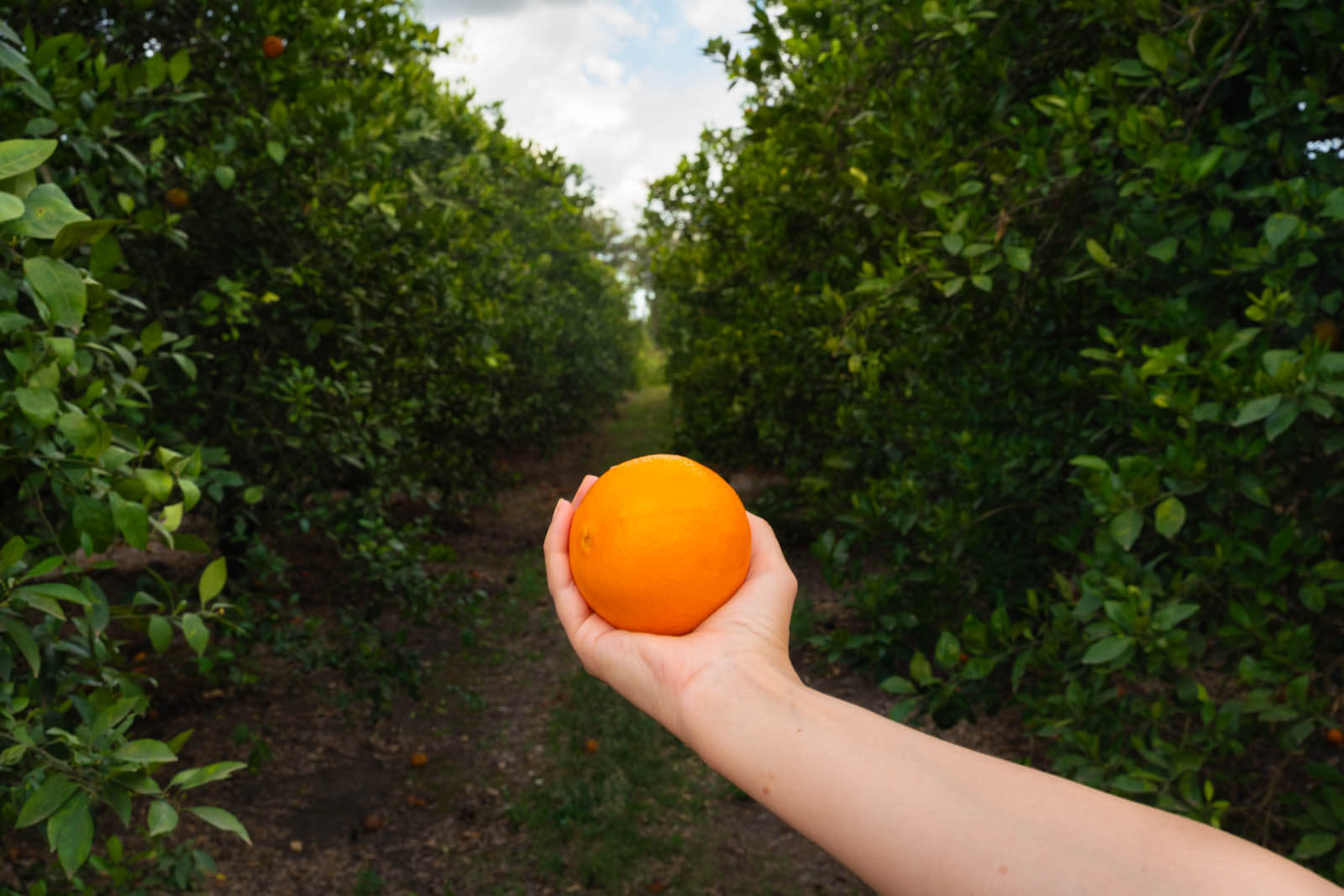Citrus trees once thrived abundantly across Florida, turning the state into a citrus paradise. But over time, things changed. What happened? The answer lies in mono-cropping—the practice of growing a single crop extensively in a given area. While it might seem efficient, mono-cropping left citrus trees vulnerable to disease and environmental changes, leading to devastating impacts, including the notorious citrus greening disease.
The Importance of Biodiversity
Nature has its way of thriving through biodiversity—the practice of growing different plants together in a way that benefits them all. Biodiversity creates a natural defense system, protecting plants from climate challenges and diseases. In contrast, mono-cropping can weaken plants’ natural defenses, making them more susceptible to problems like citrus greening.
The Citrus Greening Crisis in Florida
Citrus greening has taken a heavy toll on Florida’s citrus industry. The disease, caused by a bacteria spread by a small insect called the Asian citrus psyllid, has no cure and leads to the slow decline and death of infected trees. However, there’s hope on the horizon. Researchers at the University of Florida (UF) have discovered promising solutions by studying how citrus trees grow in the wild.
Nature’s Secret: The Oak-Citrus Connection
One of the fascinating findings from UF’s research is that citrus trees growing under oak trees were thriving, while others nearby, but out in the open, were struggling and dying. The secret lies in oak leaves. The tannins in oak leaves carry an antibiotic property that protects citrus trees from greening disease. This discovery points to the importance of companion planting and creating a supportive environment for your citrus trees.
How to Protect Your Citrus Trees
To give your citrus trees the best chance at survival and success, consider these tips:
- Companion Planting with Nitrogen Fixers: Planting nitrogen-fixing plants like comfrey and earleaf acacia(sometimes referred to as “earldom trees”) near your citrus can improve soil health and provide essential nutrients.
- Intercropping with Guava: Guava trees thrive in slightly acidic and shady conditions, similar to citrus. Intercropping guava with your citrus trees can create a mutually beneficial environment, as guava helps deter pests that might harm citrus.
- Choose the Right Citrus Varieties: Selecting the right type of citrus for your needs and environment is crucial. For example:
- Navel oranges are excellent for eating.
- Valencia oranges are ideal for juicing.
- If you have children and want to avoid thorny lime trees, consider planting a calamondin, a thornless, kid-friendly alternative.
Planning for Success
Before you start planting, it’s essential to consider not only the type of citrus you want to grow but also how to create a supportive ecosystem around your trees. By incorporating biodiversity, companion planting, and smart tree selection, you can protect your citrus from diseases like greening and ensure a bountiful harvest.
For more tips on sustainable gardening and edible landscaping, explore our other blog posts or contact us to learn how we can help you design the perfect landscape for your home.
